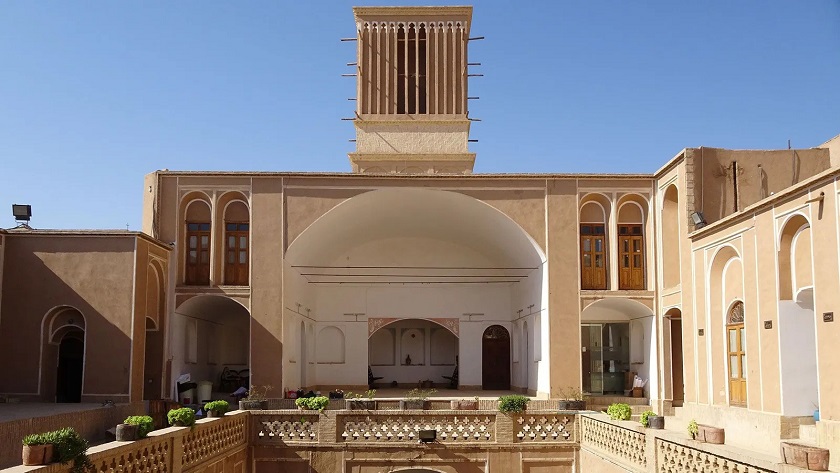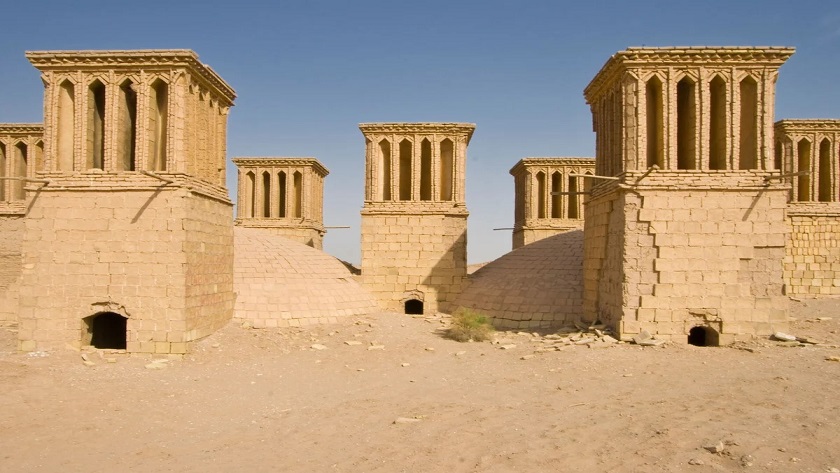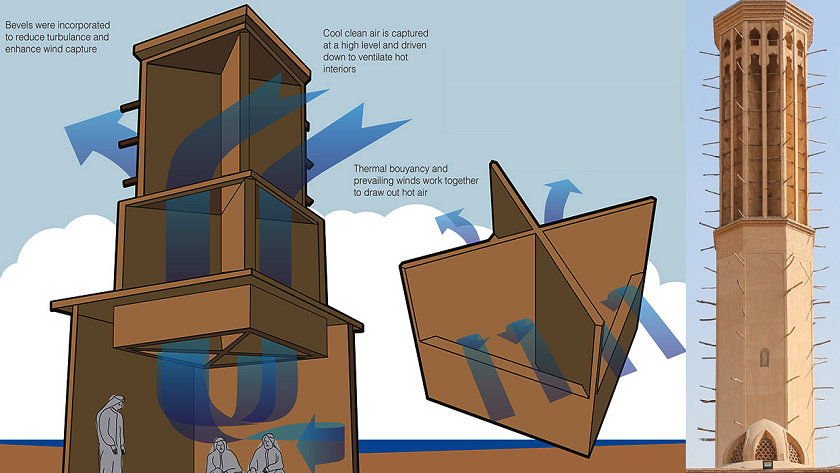Iran Press/ Iran News: A windcatcher or 'Badgir' in the Persian language is a traditional and ancestral feature of Persian architecture. It is built as a creative system meant to create passive ventilation inside the buildings.
Iran’s wind catchers stand as a reminder of how ancient civilizations have adapted to the region’s harsh desert environment.
 For centuries, the traditional technology of windcatchers helped residents in hot cities like Yazd to stay cool despite high temperatures in summertime
For centuries, the traditional technology of windcatchers helped residents in hot cities like Yazd to stay cool despite high temperatures in summertime
A windcatcher (wind tower, wind scoop) is a traditional architectural element used to create natural ventilation and passive cooling in buildings. Wind catchers come in various designs such as unidirectional, bidirectional, and multidirectional. Windcatchers are widely used in North Africa and the West Asian countries around the Persian Gulf, and have been for the past three thousand years.
Related Article: Sirjan twin Iceboxes; glory of Iranian architecture
Windcatcher's Origin
There is an ongoing dispute between Iran and Egypt over the origin of the wind catcher. Paintings dating to around 1300BC discovered near modern-day Luxor depict two triangular structures atop Pharaoh Nebamun’s royal residence, leading Egyptian archaeologists to believe the first wind catcher was developed in Egypt. Meanwhile, ruins of a Persian fire temple dating to 4000BC feature numerous chimney-like structures, some of which have no trace of ashes, leading Iranian architects to posit that wind catchers originated in Iran.
 Old windcatchers in Iran
Old windcatchers in Iran
How wind catchers work
Windcatchers work in a few ways: The first and most common is to cool the inside of a building. The tower has openings that face the wind and trap it inside creating a nice breeze inside the building, much like the way you feel in a wind tunnel between skyscrapers. When used with the qanat, the air is pulled down, reaches the water, and is drawn up by the windcatcher to be dispersed in the building.
 Mechanism of how windcatcher works
Mechanism of how windcatcher works
It traps the itinerant wind to bring fresh air to the living rooms of houses in dry climate regions of the Iranian plateau. This high adobe-brick tower has vents at the top up to eight and mostly chill the space cooperating with stored water built beneath it.
When there is no wind, the windcatchers are like a chimney, letting the hot air rise and escape. When the hot air rises, flow is created and it escapes out of the chimney. 219
Read More:
Naqsh-e Jahan Square; What Iran is known for
Persepolis; What Iran is known for
Isfahan's Nagsh-e Jahan Square registered as a World Heritage property
Ashkan Salehian

